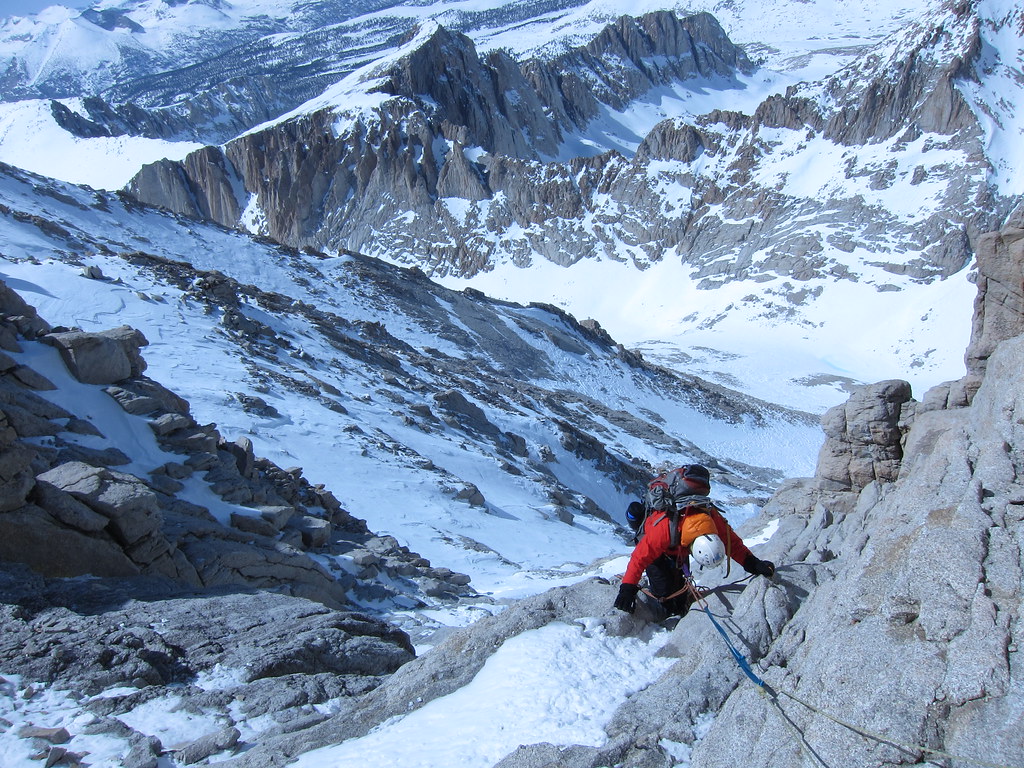America’s wild spaces offer some of the most breathtaking and demanding outdoor challenges in the world. From scaling towering rock faces to traversing remote wilderness trails, these adventures push human endurance to its limits. For those who crave the ultimate test of physical and mental fortitude, America’s landscape provides a natural proving ground unlike any other. These challenges aren’t just about conquering nature – they’re about discovering what lies within yourself when faced with extreme conditions, isolation, and the raw power of the natural world. This article explores some of the most formidable outdoor challenges across the United States, what makes them so difficult, and what it takes to complete them.
The Pacific Crest Trail: 2,650 Miles of Determination

Stretching from Mexico to Canada through California, Oregon, and Washington, the Pacific Crest Trail (PCT) represents one of America’s most grueling long-distance hiking challenges. Thru-hikers attempt to complete all 2,650 miles in a single season, typically taking 5-6 months while facing everything from scorching desert heat to high-altitude snow and ice. The physical toll is immense – hikers typically burn 4,000-6,000 calories daily and may lose 10-30 pounds over the journey despite eating constantly. Beyond the physical challenge, PCT hikers face profound psychological hurdles, including extreme isolation, monotony, and the mental fortitude required to walk 20+ miles daily for months on end. Only about 25-30% of those who begin a PCT thru-hike actually complete it, making it one of America’s most selective outdoor achievements.
El Capitan’s Dawn Wall: The World’s Hardest Rock Climb
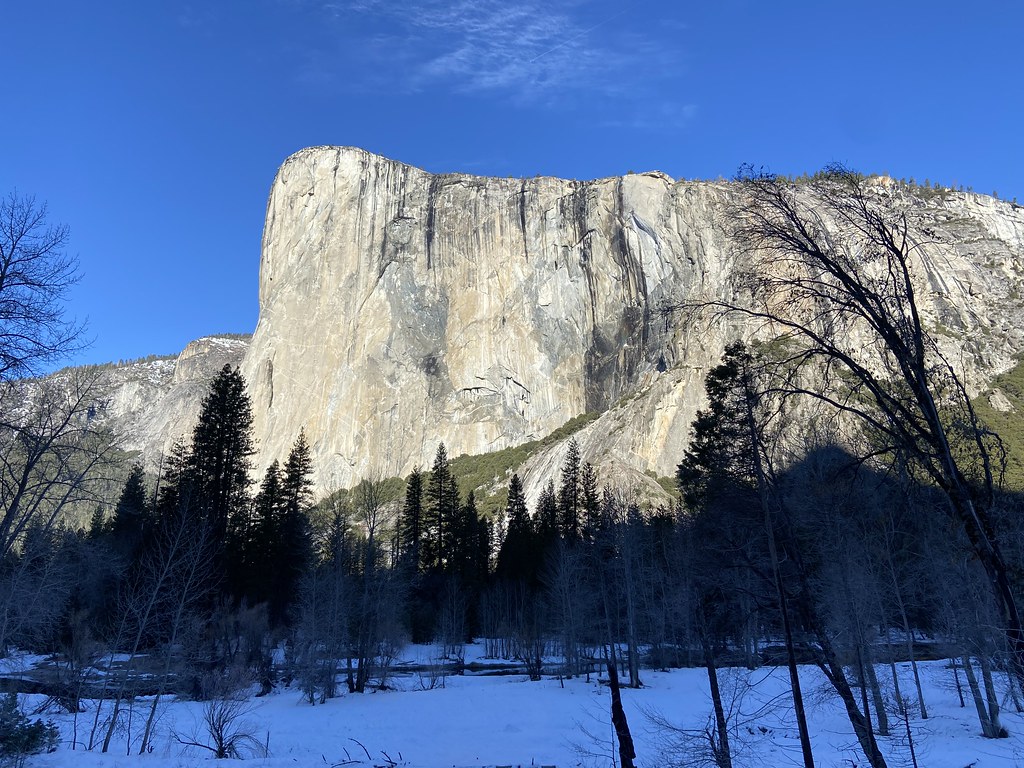
Rising 3,000 feet from the floor of Yosemite Valley, El Capitan’s Dawn Wall represents perhaps the most difficult free climb on Earth. Made famous by Tommy Caldwell and Kevin Jorgeson’s historic first free ascent in 2015, this vertical granite face features impossibly small holds and sections so difficult that climbers must attempt moves dozens or even hundreds of times before succeeding. The 32-pitch route requires climbers to live on the wall for weeks, sleeping in portaledges suspended thousands of feet above the valley floor. What makes the Dawn Wall particularly brutal is not just its technical difficulty (with multiple pitches rated 5.14 on the climbing scale) but the sustained nature of the challenge – there’s simply nowhere to rest or recover between crux sections. The psychological pressure of maintaining focus while suspended in such an exposed position day after day creates a mental challenge equal to the physical demands.
The Barkley Marathons: The Race That Eats Its Young
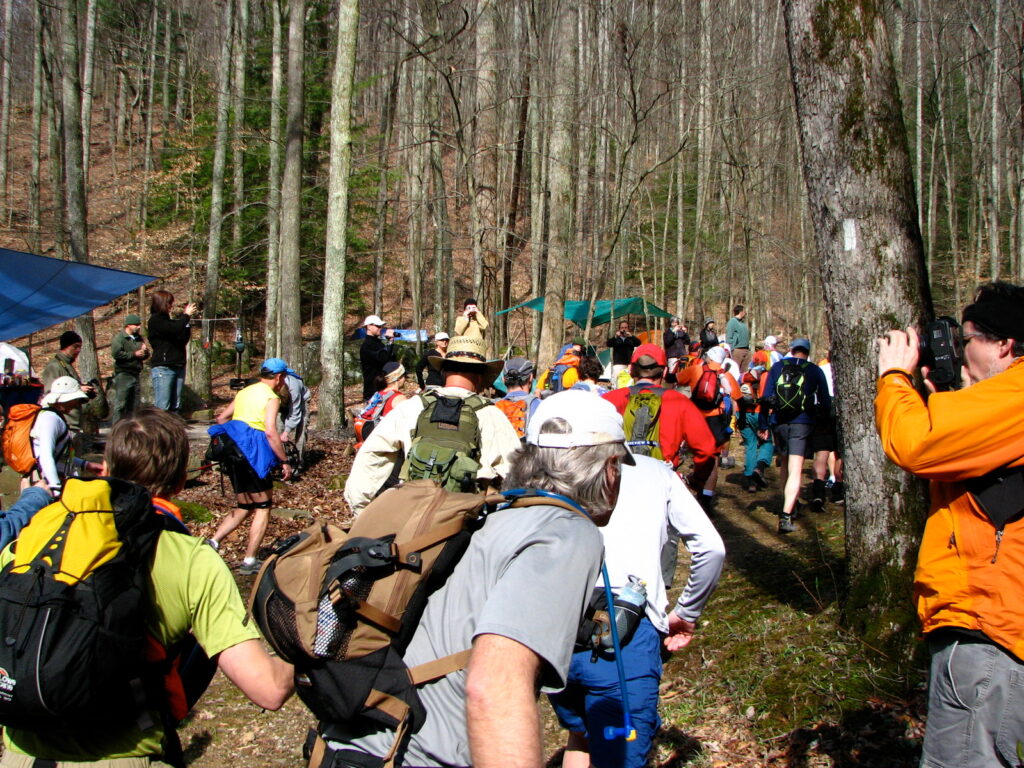
Hidden in Tennessee’s Frozen Head State Park, the Barkley Marathons might be the world’s most difficult ultramarathon, with a completion rate hovering around 1%. Designed by eccentric ultrarunner Gary “Lazarus Lake” Cantrell, the full course requires runners to complete five 20-mile loops (though the actual distance is closer to 130 miles) with about 60,000 feet of elevation change – equivalent to climbing Mount Everest twice from sea level. Participants navigate without GPS through unmarked trails, briars, and dense forest, often in terrible weather conditions, with 60 hours to finish all five loops. The race includes bizarre traditions like using a license plate as the entry fee and participants tearing pages from books hidden along the course to prove they followed the route. In many years, nobody finishes at all, with the course record standing at just under 60 hours of nearly continuous movement through punishing terrain.
Surviving the Alaskan Wilderness: The Ultimate Self-Reliance Test
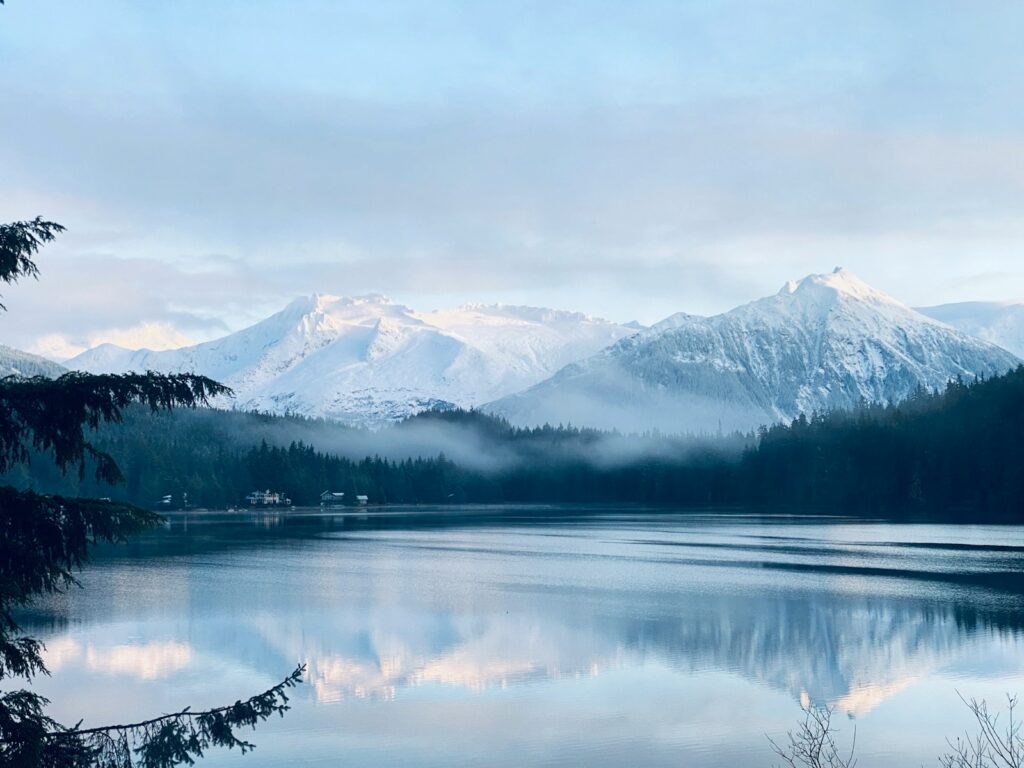
While not a formal challenge with a specific route or time limit, surviving in the Alaskan backcountry represents one of America’s most intense outdoor tests. The combination of extreme isolation, brutal weather conditions, and abundant dangerous wildlife creates an environment where even small mistakes can prove fatal. Winter temperatures regularly plunge below -40°F, daylight may last only a few hours, and the nearest help could be hundreds of miles away. Those who attempt extended wilderness living in Alaska must master multiple survival disciplines simultaneously – from building effective shelter and maintaining body temperature to finding food through hunting, fishing, and foraging. What makes Alaska particularly challenging is its unforgiving nature; unlike more temperate wilderness areas, the margin for error is razor-thin, and the consequences of poor planning or bad luck can be immediate and severe.
The Appalachian Trail: The Long Green Tunnel
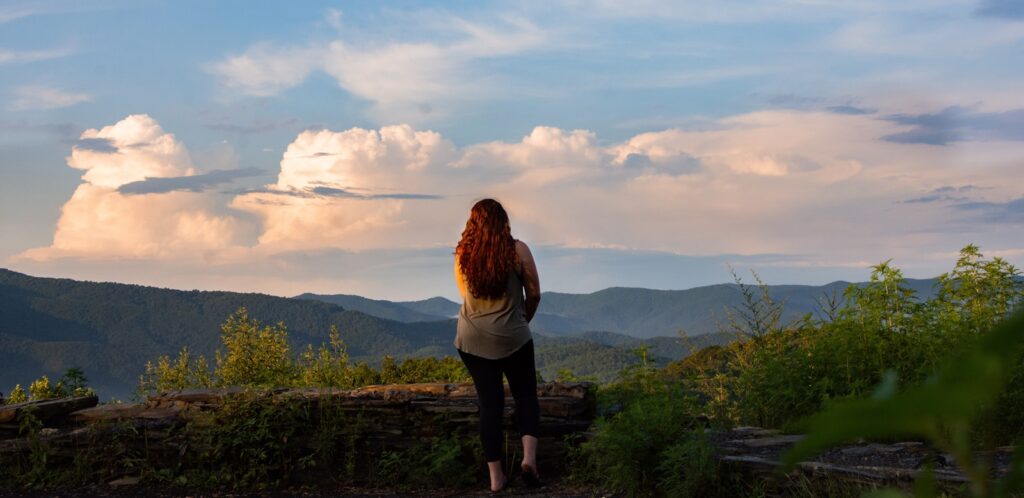
The Appalachian Trail (AT) presents a different kind of challenge than its western counterpart, the PCT. Spanning approximately 2,190 miles from Georgia to Maine, the AT’s difficulty lies not in extreme conditions but in its relentless, grinding nature. Hikers face over 500,000 feet of elevation change (nearly 100 Everests from sea level), constantly climbing and descending through what thru-hikers call “the long green tunnel” of dense eastern forests. Rain is a near-constant companion, creating perpetually muddy, slippery trails and fostering various fungi that plague hikers’ feet – “trench foot” is a common affliction. While the PCT offers breathtaking vistas as rewards, much of the AT provides limited views, requiring hikers to find satisfaction in subtle beauties and the journey itself. The humidity, especially in southern summers, creates an environment where staying dry becomes impossible, leading to chronic discomfort that wears down even the most determined hikers.
Climbing Denali: North America’s Highest Peak
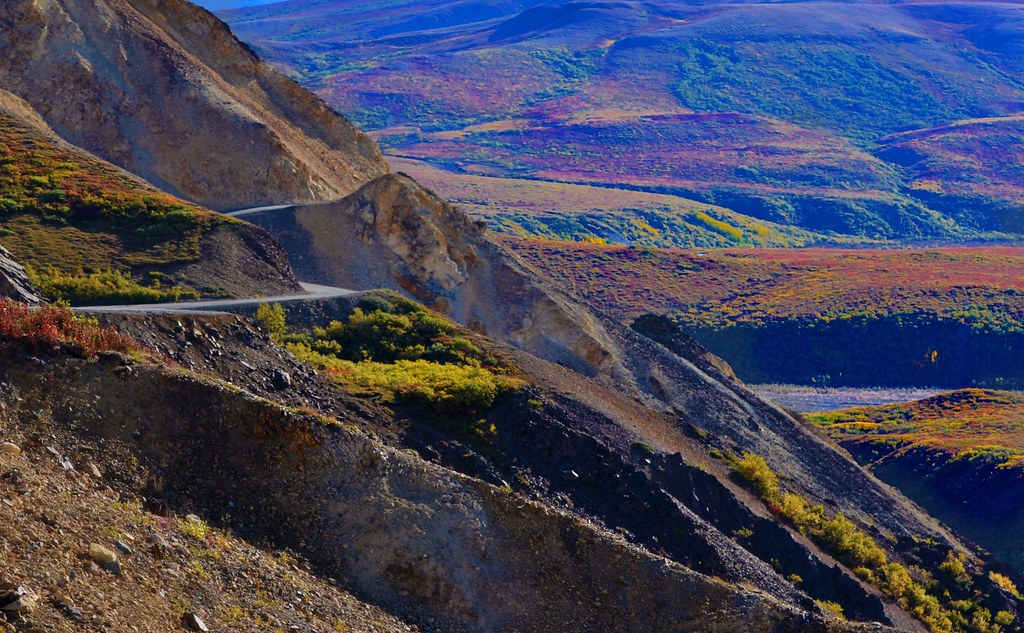
At 20,310 feet, Denali (formerly Mt. McKinley) presents climbers with a challenge that rivals 8,000-meter Himalayan peaks despite its technically lower elevation. What makes Denali exceptionally difficult is its high latitude – at just 63 degrees north, the air is thinner than at equivalent altitudes near the equator, and the weather systems are notoriously violent and unpredictable. Unlike commercial expeditions on peaks like Everest, climbers on Denali typically carry all their own gear without Sherpa support, hauling sleds with 100+ pounds of equipment up the mountain. The standard West Buttress route requires three weeks on the mountain, with climbers establishing a series of camps while acclimatizing to the altitude. Temperatures commonly reach -40°F with winds exceeding 100 mph, creating conditions where frostbite can occur in minutes if proper precautions aren’t taken. The mountain’s notorious weather can trap climbers at high camps for days, testing both supplies and mental resilience.
The Western States 100: America’s Original Ultramarathon
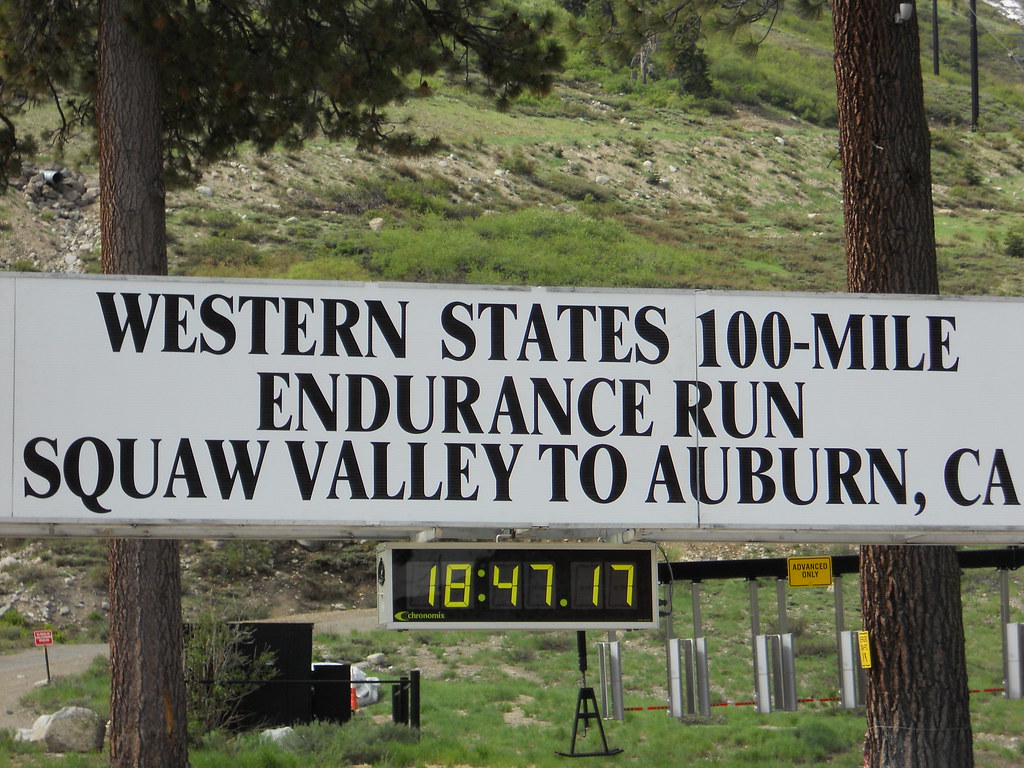
The Western States 100-Mile Endurance Run represents the world’s oldest 100-mile trail race and one of ultrarunning’s most prestigious events. Following historic gold mining routes through California’s Sierra Nevada Mountains, runners climb a total of 18,000 feet and descend 23,000 feet in a single push, often in temperatures exceeding 100°F in the canyons. The race begins at Squaw Valley and climbs immediately to 8,750 feet before descending into a series of brutally hot canyons that have ended countless runners’ attempts. What makes Western States particularly challenging is the combination of technical terrain, extreme temperature variations, and the mental fortitude required to continue running through an entire day and night. Even elite runners commonly suffer severe gastrointestinal issues, hallucinations from sleep deprivation, and feet so blistered and swollen they must cut open their shoes to continue. With a strict 30-hour cutoff, roughly 30% of starters fail to finish in a typical year.
The Arizona Trail: Desert Extremes and Mountain Challenges
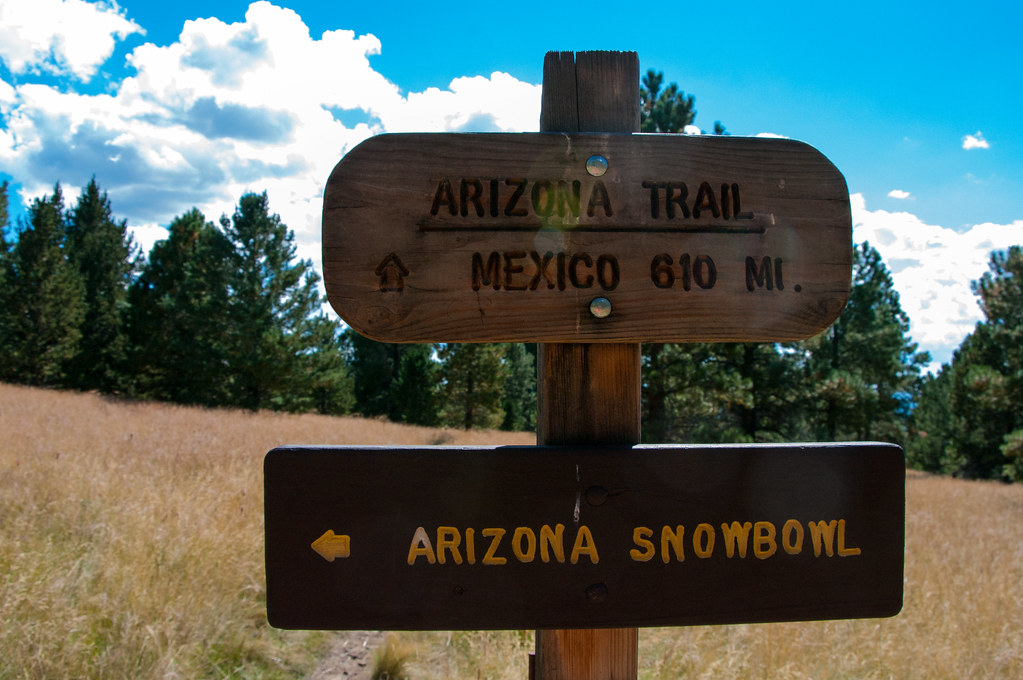
The 800-mile Arizona Trail (AZT) traverses the entire state from Mexico to Utah, presenting a unique combination of desert extremes and high-altitude challenges that few long-distance trails can match. Water becomes the primary obsession for hikers, with some sections requiring carries of 20-30 miles between reliable sources, meaning backpackers must sometimes carry over two gallons (16+ pounds) of water. Summer temperatures in the lower elevations regularly exceed 110°F, while the trail’s northern sections climb to over 9,000 feet where snow can persist into May. What makes the AZT particularly difficult is its technical nature – unlike the well-graded PCT, much of the Arizona Trail follows rough, rocky terrain that slows progress and punishes feet. The Grand Canyon section alone represents an extreme challenge, dropping 5,000 feet from rim to river and then climbing back up the opposite side with minimal water sources and temperatures that can vary by 30 degrees between rim and inner canyon.
Paddling the Mississippi River: 2,300 Miles of Current
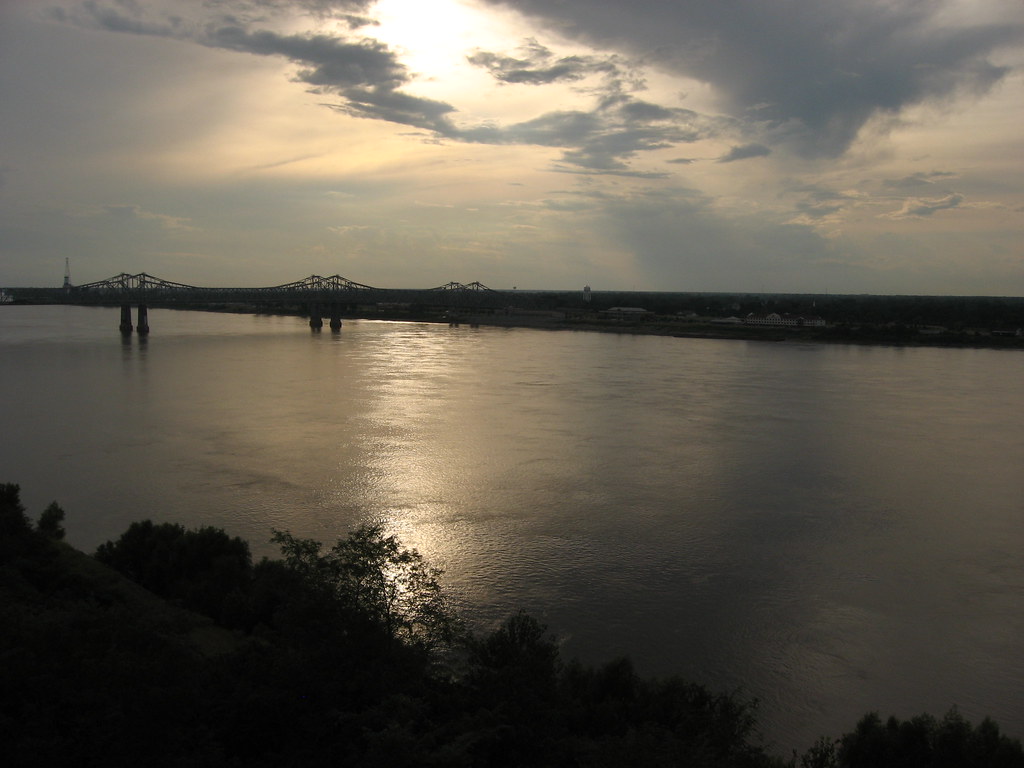
Canoeing or kayaking the entire length of the Mississippi River from Lake Itasca, Minnesota to the Gulf of Mexico presents one of America’s most demanding water challenges. The journey spans approximately 2,300 miles and typically takes 2-3 months to complete, with paddlers facing everything from shallow, meandering headwaters to the industrial shipping lanes of the lower river where barges and commercial traffic create dangerous conditions. The upper river’s numerous dams and locks require portaging heavy boats and equipment, while the lower Mississippi’s powerful current and massive whirlpools can easily capsize unprepared paddlers. Weather becomes a constant concern, with thunderstorms, fog, and wind creating conditions where progress becomes impossible or dangerous. What makes this journey particularly challenging is its length combined with the river’s dual nature – the relatively calm upper sections lull paddlers into a false sense of security before the lower river reveals its true power with currents reaching 5-7 mph and unpredictable eddies that can trap even experienced boaters.
The Continental Divide Trail: America’s Most Remote Long Path
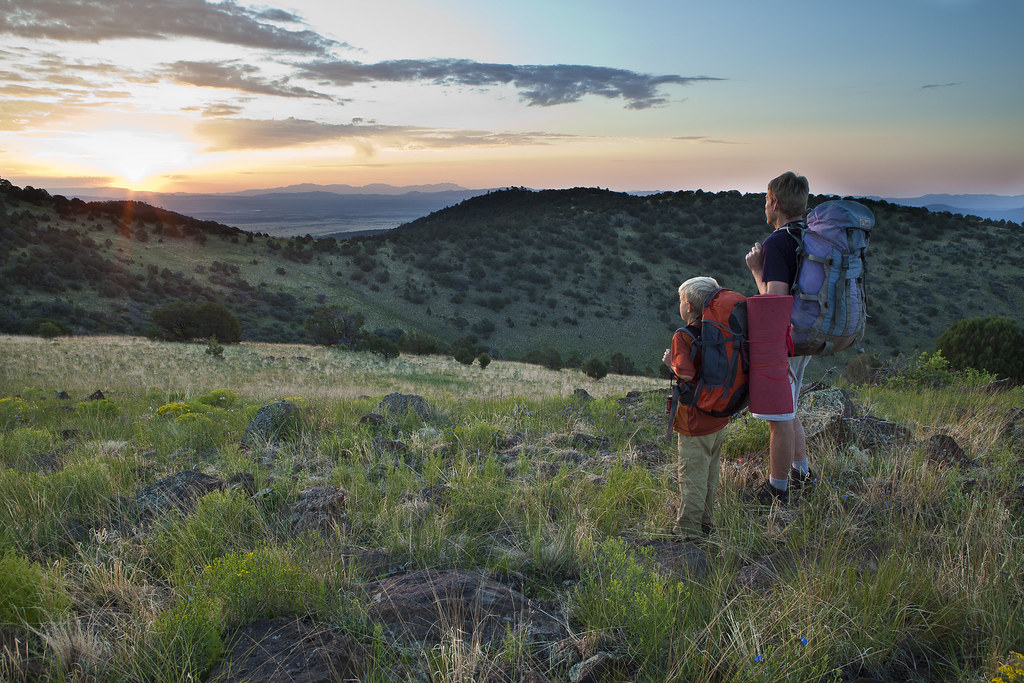
Completing the “Triple Crown” of American long-distance hiking, the Continental Divide Trail (CDT) stands as the most difficult and remote of the three major trails. Stretching approximately 3,100 miles from Mexico to Canada along the Continental Divide, the CDT remains about 20% unmarked, requiring advanced navigation skills and comfort with route-finding in wilderness areas. Unlike the AT’s frequent resupply points, CDT hikers may travel 5-7 days between towns, carrying more food and water than on other trails. The CDT’s extreme elevation profile (consistently above 10,000 feet in Colorado) exposes hikers to frequent lightning storms, early snow in autumn, and dangerous river crossings during spring snowmelt. What truly distinguishes the CDT is its wildness – hikers regularly encounter grizzly bears, mountain lions, and other predators while traveling through vast stretches of wilderness where self-rescue would be necessary in emergencies. With only about 150 people attempting to thru-hike annually and a completion rate below 25%, the CDT represents America’s most solitary long-distance challenge.
The Deadhorse Ultra: Racing Through Death Valley
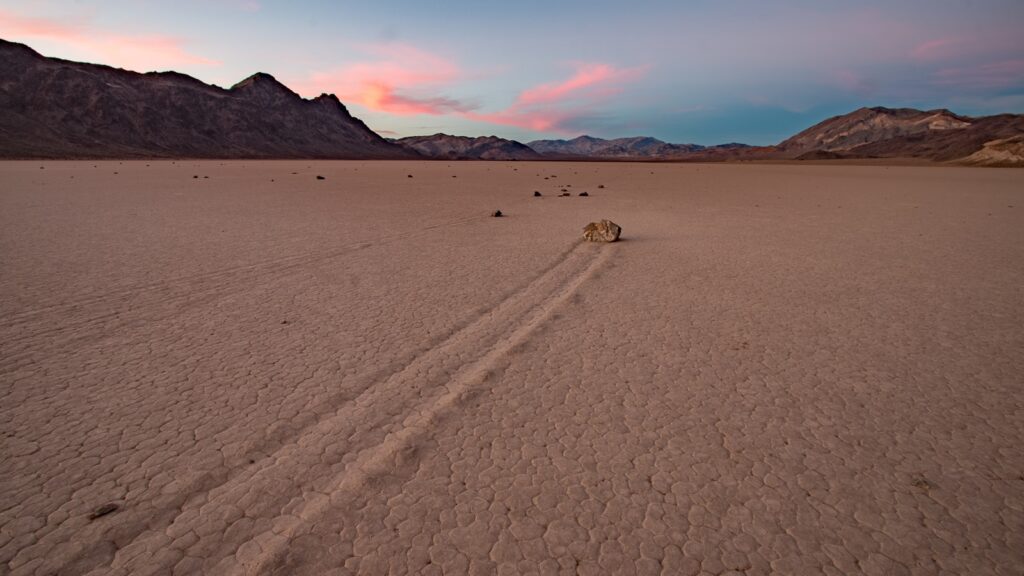
For those seeking the ultimate test in extreme conditions, the Badwater 135 Ultramarathon (formerly known as the Deadhorse Ultra) traverses 135 miles non-stop from Death Valley to Mt. Whitney, California. Starting at Badwater Basin, 282 feet below sea level, runners face ambient temperatures that regularly exceed 120°F while the asphalt road surface can reach 160°F – hot enough to melt running shoe soles. The race climbs three mountain ranges for a total of 14,600 feet of ascent and 6,100 feet of descent, all while runners battle severe dehydration, heat stroke, and hallucinations. What makes Badwater uniquely challenging is the combination of extreme heat and distance – runners must manage their core temperature constantly with ice baths and special cooling equipment while continuing forward progress for 30-48 hours with little or no sleep. Support crews become essential, dousing runners with water, managing nutrition, and sometimes physically supporting delirious athletes as they struggle toward the finish line at Whitney Portal, 8,300 feet above their starting point.
The Iditarod Trail: 1,000 Miles of Alaskan Winter

While most know the Iditarod as a dog sled race, the Iditarod Trail Invitational offers what might be the most extreme winter challenge in America – a 1,000-mile human-powered race across Alaska in February, when temperatures commonly reach -50°F. Participants can choose to travel by fat bike, ski, or foot, traversing frozen rivers, mountain passes, and vast stretches of tundra while carrying all their survival gear. Racers must be entirely self-sufficient between widely spaced checkpoints, sometimes traveling 50+ miles in dangerous cold without access to shelter or assistance. What makes the Iditarod Trail Invitational particularly brutal is the combination of cold, darkness (with only a few hours of daylight in February), and isolation – racers may go days without seeing another human being. The constant threat of frostbite and hypothermia means that small mistakes in gear management can result in amputations or death, while the mental challenge of continuing forward in a vast, featureless white landscape tests psychological resilience to its limits.
Preparing for America’s Extreme Challenges: What It Takes

Tackling any of America’s extreme outdoor challenges requires preparation far beyond what most outdoor enthusiasts ever undertake. Physical conditioning represents just the beginning – successful participants typically train specifically for their chosen challenge for 1-2 years, gradually building the unique fitness requirements whether that’s vertical climbing endurance, high-altitude acclimatization, or the ability to maintain forward progress for 24+ hours. Mental preparation proves equally important, with many veterans citing psychological resilience as the key factor in completing these challenges. Gear selection becomes critical when facing extreme environments, often requiring specialized equipment that balances weight considerations with the safety margin needed when far from assistance. Perhaps most importantly, successful challengers develop risk management skills that allow them to make sound decisions when exhausted, ensuring they can recognize when to push forward and when turning back represents the wiser choice. The most successful adventurers combine meticulous planning with the flexibility to adapt when conditions inevitably differ from expectations.
America’s toughest outdoor challenges represent more than just physical feats – they are transformative journeys that reveal the outer limits of human capability. From the scorching heat of Death Valley to the frozen expanses of Alaska, these adventures force participants to confront not just nature’s extremes but their own limitations and strengths. What unites these diverse challenges is their demand for complete commitment, careful preparation, and the willingness to continue when every instinct screams to stop. For those who succeed, the reward isn’t just completion but the profound self-knowledge that comes from testing oneself against America’s most demanding natural environments. These challenges aren’t for everyone, but for those drawn to discover what lies beyond their perceived limits, America’s landscape provides the ultimate testing ground.

